[World Bank Group & World Food Programme - Joint Blog] Combining Efforts with Our Development Partners, We Can Go the Extra Mile
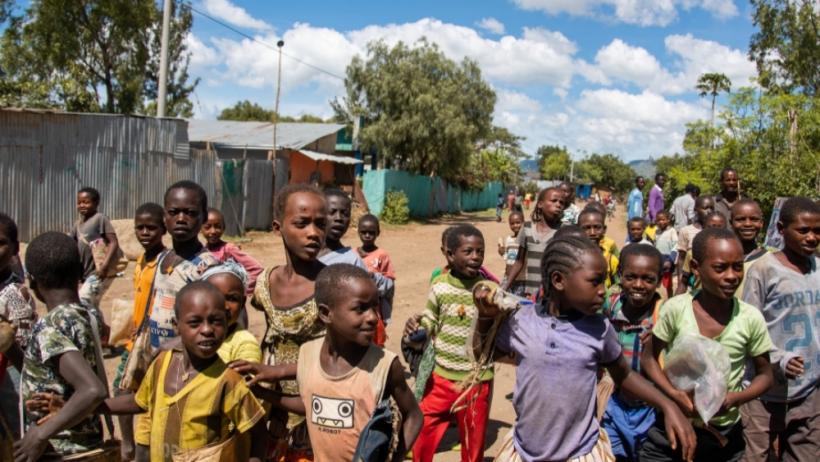

Climate and disaster risk finance (CDRF) mechanisms entail putting into place pre-arranged sources of finance for disaster response for governments, households, and businesses, thus enabling timely responses in anticipation of, or soon after, a shock. Importantly, these mechanisms help avoid an over-reliance on budget reallocations and humanitarian aid, which can be insufficient, slow to materialize, and expensive. Implementing effective and efficient mechanisms requires the building of national and institutional finance and systems. It also requires that development actors, humanitarian partners, and governments be more proactive, anticipatory, and innovative. Importantly, climate and development work cannot be treated independently. We need to build resilience through adaptation at the same time as we mitigate climate risks.
The World Bank Group (WBG) and the World Food Programme (WFP) have been partnering to learn from each other as they collaborate through their operational programs to build resilience. The WBG’s Disaster Risk Finance and Insurance Program (through its UK funded Disaster Protection Program) and the WFP’s Climate and Disaster Risk Reduction Unit have London based staff working on this agenda. This partnership has the strategic advantage of easier access to other important organizations and donors in the sector. As a result, WBG and WFP have been able to foster closer connections. This relationship also benefits collaboration at their respective headquarters (HQ), as well as within and between their country teams.
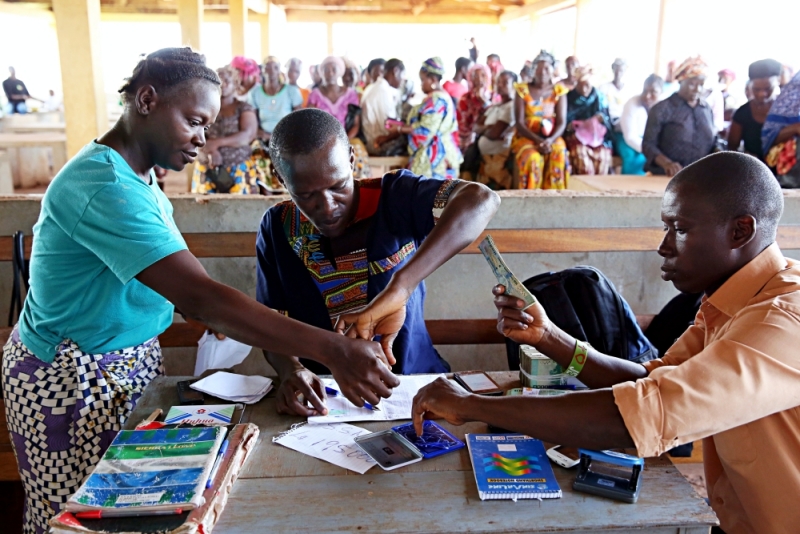
Work in the Africa region has been the predominant focus of most of the partnership to date. At the macro level, this entails utilizing financial instruments that provide budget support to governments in the event of a climate shock. At the micro level, it may involve instruments that respond directly to households through enabling digital financial inclusion and cash-based transfers.
Knowledge Exchange and Joint Advocacy
By sharing knowledge and building upon our respective skills and experience, the capacity of both organizations has grown, ultimately leading to better CDRF programs. WFP’s experience as an implementer on the ground is hugely important for last mile delivery, especially in ensuring that we are reaching communities with appropriate protection mechanisms and complimentary education. Similarly, the WBG brings finance and supports the government policy agenda, which are key to creating an enabling environment for change. Sharing knowledge on these different elements can strengthen independent program design.
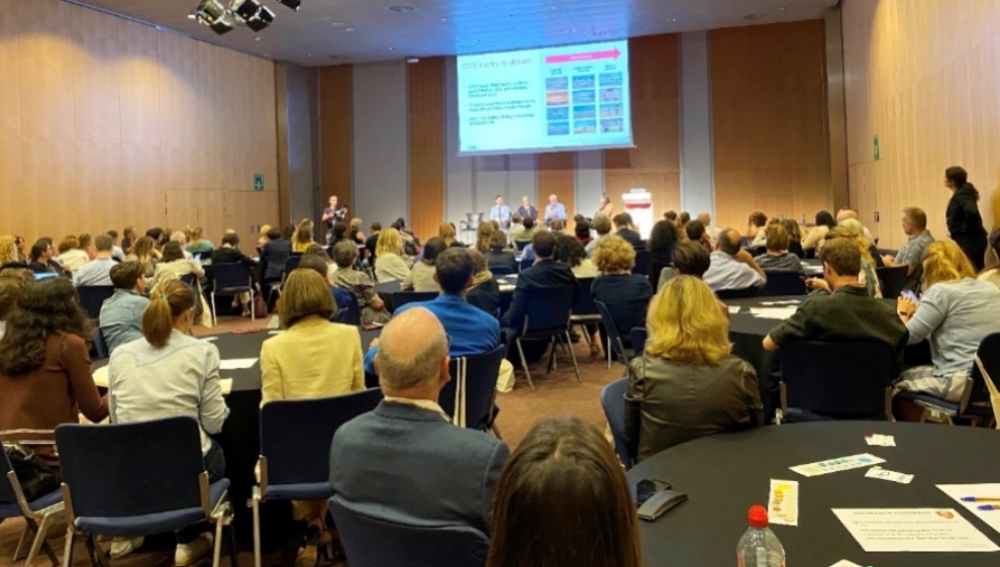
In addition to technical and operational work in developing countries, the partnership extends to global advocacy for CDRF instruments. The WBG and WFP delivered a joint session concerning the shift from crisis response to risk management at the Philanthropy Europe Association (Phileu) Forum in June 2022. The purpose of the session was to help foundations explore the role that they can play in advancing progress toward the Paris Climate Agreement through CDRF. To showcase how CDRF tools can help government and humanitarian agencies, the session opened with a "game" that put the 150 attendees in the difficult shoes of the developing country governments. This highlighted the importance of support reaching the most vulnerable areas quicker than the traditional disaster response mechanisms. This was followed by a panel discussion and a Q&A session.
Collaboration on Country Programs
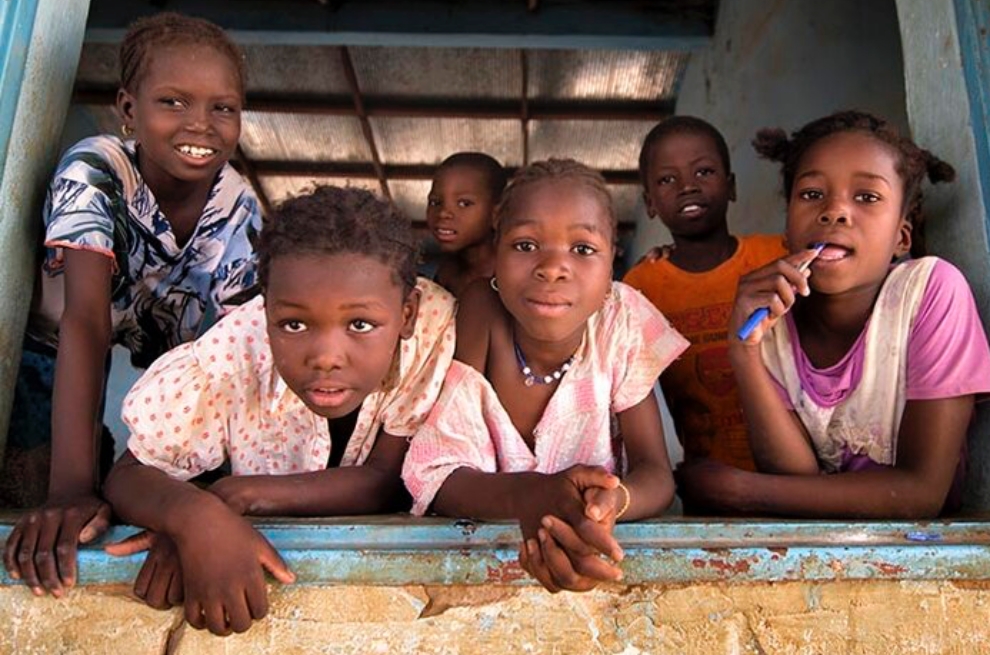
WFP's ARC Replica Program in Mauritania and WBG-WFP support to National Preparedness and Response Framework
As part of the Adaptive Social Protection agenda, the WFP, the WBG (led by the Social Protection & Jobs team) and the Mauritanian government have been working together to build the National Preparedness and Response institutional framework for food and nutritional security. This includes the use of a combination of innovative financial mechanisms to ensure rapid, transparent and efficient resources are available. As part of this the National Response Fund for Food and Nutrition Crisis was established as an integrated financing tool to channel the funds to finance the annual response plans regardless of the severity and nature of the shocks affecting food security and nutrition. Furthermore, WFP has an insurance policy in Mauritania focused on drought coverage, known as ARC Replica.
ARC Replica is an innovative climate risk insurance product that protects those who are most vulnerable to climate risks. It is offered by the African Risk Capacity (ARC) Ltd. to the WFP and other humanitarian partners. The Replica policies, purchased by WFP, mirror the terms and conditions of those selected by each participating government and provide up to 100% more coverage for people in the region. In 2021, WFP’s insurance policy triggered a pay out of US$ 1.1 million to support those affected by the severe lack of rainfall in Mauritania. ARC Replica is a good tool for severe drought events, but different financial instruments are needed for more frequent, less severe droughts which the National Response Fund is better placed to support.
World Bank Program to Increase Access to Financial Services in the Horn of Africa
The Horn of Africa (HoA) is exposed to climate and other shocks, which are amplified by climate change. For example, the region has experienced severe, recurrent droughts. These are key factors linked to poverty and conflicts in pastoral regions. Pastoralists have generally coped with drought through mobility and increasing the herd size of low-quality animals. However, this has dampened productivity and contributed to rangeland degradation in some areas. In addition, access to formal financial services and credit for pastoral producers in the HoA are limited and resilience is very low; this is where digital financial inclusion can be a game changer.
A recent joint WBG-WFP report proposes some options for distribution channels of the financial services needed to build resilience and aid in the productivity of communities. The options include cooperation with existing groups or agro-dealers as distribution agents. With these entry points, savings, insurance, credit, and financial literacy can be delivered directly to the pastoralists. This report has directly informed the design of the WBG’s de-risking, inclusion, and value enhancement of pastoral economies in the Horn of Africa, HoA DRIVE project.
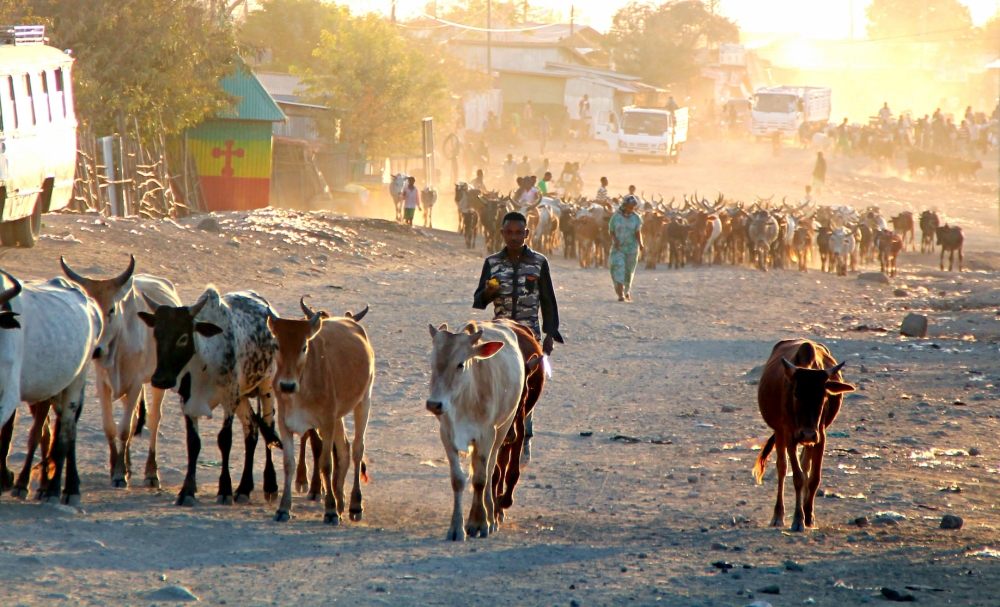
The HoA DRIVE project will enable the region to adapt to the impacts of climate change, commercialize the livestock production in pastoral communities, and ensure the inclusion of marginalized and vulnerable groups, such as women, in the sector. In this regard, 1.6 million pastoralists are expected to benefit from the project. The project will also support the delivery of a sustainable package to include: (i) savings for resilience; (ii) drought index insurance; (iii) digital accounts; and (iv) financial education and awareness.
The WFP’s experience with regional governments, insurance partners, and beneficiaries in Ethiopia makes them a key partner in program implementation. The design of the index insurance product to be offered draws on technical learning from the product utilized by WFP under their Satellite Index Insurance for Pastoralists in Ethiopia (SIIPE) Program and the WFP plan. They use the DRIVE program to scale up and incorporate a productive component into their SIIPE program.
Next Steps
The HoA DRIVE and ARC Replica are examples of programs that benefit from cooperation and shared learning between the two organizations. The strong advocacy for CDRF, along with the shared technical knowledge, and capacity building will help design and implement more valuable projects to support the most vulnerable.
WBG and WFP look forward to watching our partnership grow, strengthened by the recent announcement to scale up disaster risk protection through the World Bank’s Global Shield Financing Facility (financed by Germany and the UK), which aims to further work with non-traditional partners.
For updates, news, articles on Disaster Risk Finance, please join our LinkedIn Group and Community of Practice.